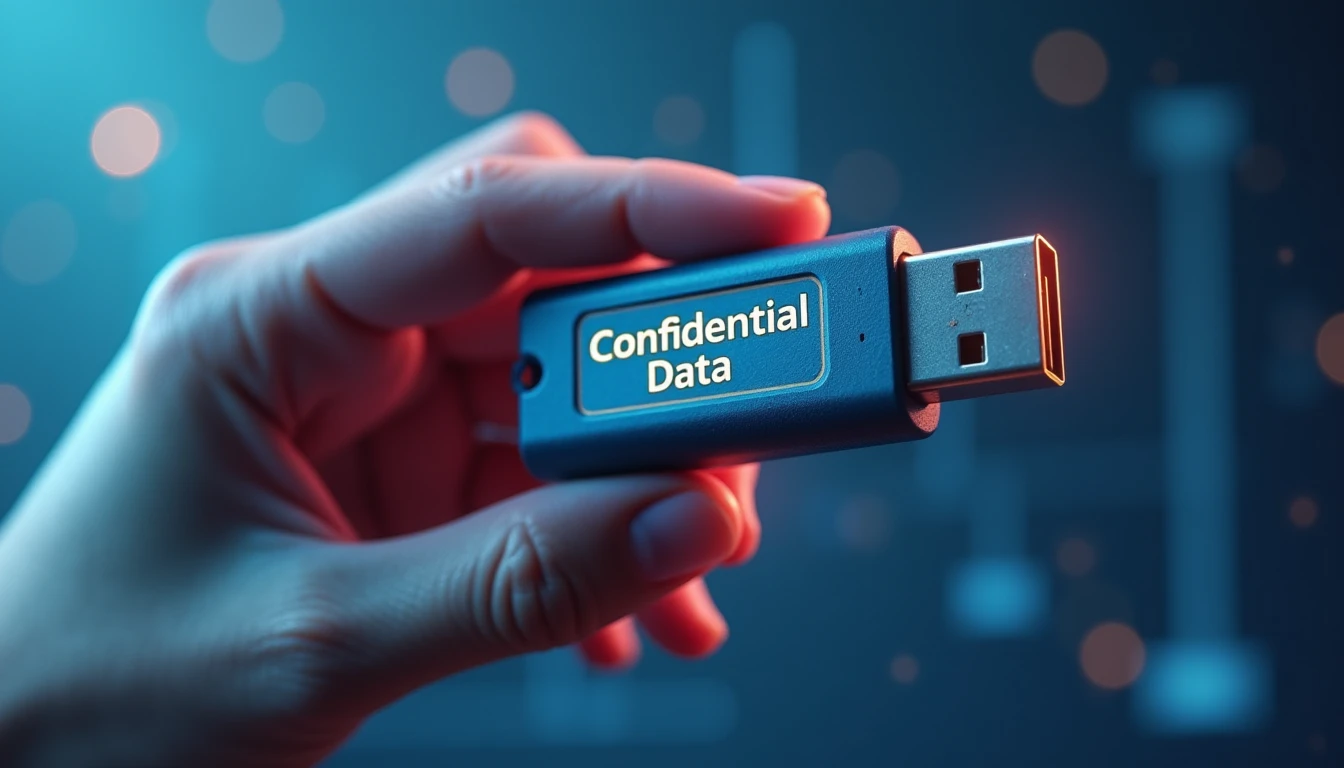Between offense and defense within cyber warfare, zero-day vulnerabilities emerge as a pivotal piece on the chessboard. These unpatched system weaknesses represent both an opportunity for malicious actors to exploit and a critical window for ethical hackers to preemptively safeguard digital assets. This dual nature underscores the necessity of understanding how these vulnerabilities can be leveraged for both offensive and defensive purposes, shaping strategies that enhance cybersecurity resilience in an increasingly interconnected world.
Understanding Zero-Day Vulnerabilities
A zero-day vulnerability refers to a security flaw in software or hardware that remains unknown to its vendor or developer at the time of discovery. This lack of knowledge creates a “window” during which attackers can exploit the weakness before it is patched, making such vulnerabilities highly sought after in both black and white hat communities. The term “zero-day” originates from the concept that developers have “zero days” to patch the issue once it becomes known.
From an offensive standpoint, zero-days are invaluable tools for nation-states, cybercriminals, and hacktivists aiming to breach secure systems or disrupt operations. For instance, in 2014, the Sony Pictures Entertainment hack utilized a zero-day exploit targeting the Apache Struts framework, leading to widespread data breaches and financial losses. This example highlights how unpatched vulnerabilities can serve as entry points for sophisticated attacks that compromise sensitive information.
Defensive cybersecurity professionals recognize the strategic importance of identifying and mitigating zero-days before they fall into the wrong hands. The process often involves conducting thorough vulnerability assessments, leveraging tools like static and dynamic analysis to uncover potential weaknesses. Once identified, these flaws are reported to vendors through secure channels such as the Common Vulnerabilities and Exposures (CVE) database, facilitating rapid patching and minimizing exposure risk.
Offensive Exploitation: Tools and Techniques
Ethical hacking plays a crucial role in discovering zero-days by simulating real-world attack scenarios to test organizational defenses. Using tools like Metasploit Framework or Burp Suite, security experts can probe systems for vulnerabilities that may not be immediately apparent. For example, a penetration tester might exploit an insecure direct object reference (IDOR) flaw to gain unauthorized access to restricted data, demonstrating how attackers could potentially misuse it.
However, when zero-days are weaponized by malicious actors, the consequences can be severe. Ransomware attacks exploiting unpatched system vulnerabilities have led to global disruptions in healthcare, finance, and manufacturing sectors. The 2017 WannaCry ransomware campaign, which leveraged a vulnerability in Windows operating systems, underscored the importance of proactive patching and incident response planning.
To counteract such threats, cybersecurity researchers develop exploits that can detect and neutralize zero-day attacks in real-time. For instance, endpoint detection and response (EDR) solutions integrate machine learning algorithms to identify patterns indicative of malicious activity, enabling timely mitigation measures. These tools exemplify how offensive techniques, when repurposed defensively, enhance overall security posture.
Defensive Mitigation: Proactive Measures
Organizations must adopt a proactive approach to minimize the impact of zero-day exploits. One effective strategy is implementing network segmentation, which isolates critical assets behind multiple layers of protection. By restricting lateral movement within a compromised subnet, defenders reduce the attack surface and limit potential damage.
Another key defense mechanism involves deploying intrusion detection systems (IDS) that monitor traffic for anomalies associated with known exploit signatures. These systems can alert administrators to suspicious activities, allowing them to respond swiftly before an attacker gains full control over sensitive resources. Additionally, regular software updates ensure that all applications run on their latest versions, minimizing the risk of exploitation via outdated code.
Educating employees about phishing and social engineering tactics is equally essential in countering zero-day threats. Human error often serves as the initial vector for cyberattacks, making awareness training a vital component of a comprehensive security strategy. By fostering a culture of vigilance, organizations can significantly reduce their vulnerability to emerging exploits.

Ethical Considerations and Coexistence
The ethical implications of exploiting zero-days must be carefully considered within both offensive and defensive contexts. On the one hand, responsible disclosure practices ensure that vulnerabilities are reported in confidence, providing vendors with sufficient time to address issues before they become widely known. This approach aligns with the principles of ethical hacking, where knowledge is shared for the greater good without causing harm.
Conversely, nation-states and organized cybercriminal groups often exploit zero-days covertly, aiming to achieve strategic or financial objectives without accountability. Such actions highlight the need for international cooperation in establishing norms governing state-sponsored cyber activities, akin to the Tallinn Manual on the Law of Cyber Warfare. These frameworks aim to prevent escalation into global conflicts while promoting transparency and mutual respect between nations.
In conclusion, zero-day vulnerabilities represent a double-edged sword in the cybersecurity landscape, demanding nuanced strategies that balance offensive exploitation with defensive mitigation. By fostering collaboration among stakeholders, advancing innovative defense mechanisms, and adhering to ethical standards, we can collectively build a more resilient digital ecosystem capable of withstanding future threats.
